
I continue to tell you about the plants in my garden and my small vegetable garden, a whole universe that absorbs my days of retirement that I have recently started to spend.
As you can see I don't publish too much since my knowledge about cryptocurrencies is still recent and already in the second post I made a mistake that I could correct with the due excuses since I have verified that some communities only write in English.
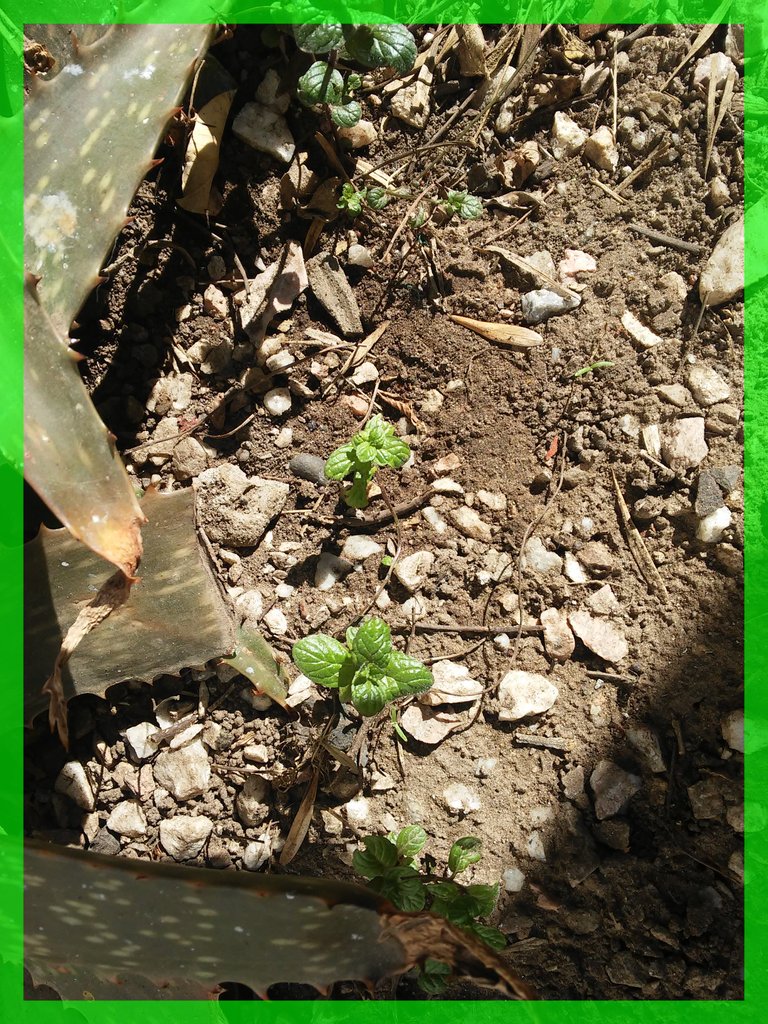
For the time being I will continue to study the topics that are more related to me, read carefully the rules of each community and little by little I will alternate the contents.
And we are in spring. The days are getting warmer, the sun is rising earlier in the morning and it is getting darker later every day.
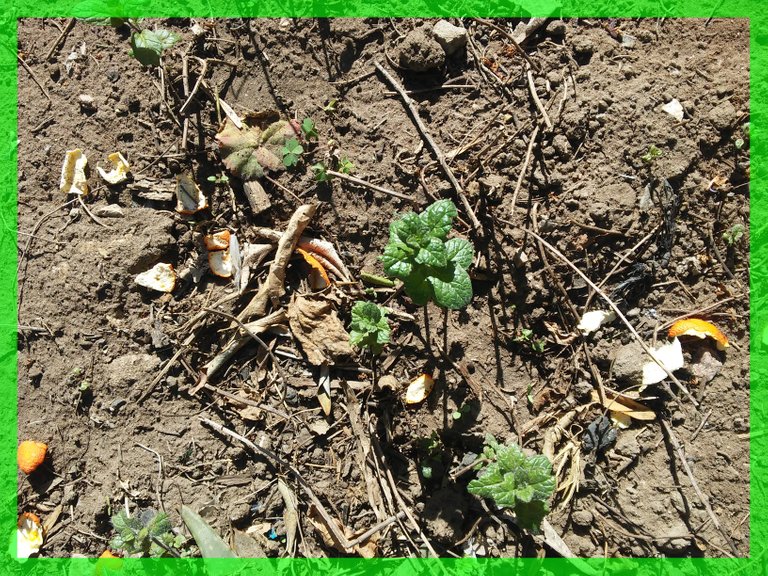
But apart from these signs, there are others that nature dictates without such a strict calendar. The first leaves begin to emerge, buds explode on the trunk and branches of the trees and the bees begin to visit the first flowers.
Today I continue to deal with aromatic plants. After the rosmarino it is the turn of mint, a plant that our ancestors (parents and grandparents, I do not want to go back to prehistoric times) used a lot not only as an infusion but also in food and also to care for and improve our health.

How does the mint plant grow and develop? Is it suitable for a small garden? These and other curiosities are revealed below, all of them are answers from my experience.
How to propagate a mint plant?

Actually the mint plant propagates by itself. In the photos that I publish you can see small plants of different sizes that have been born by themselves and others that, on the contrary, I have transplanted them on purpose to see what difference they had.
Practically none. They grow with the same sustained rhythm as soon as spring begins to appear.
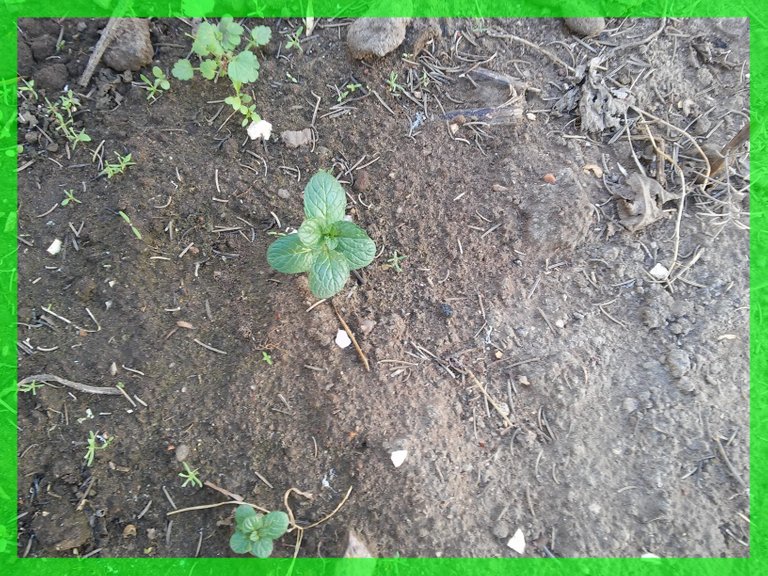
In reality the plant (the leaves and thinner branches dry out during the winter - if we grow them indoors they stay fresh all year but live less as the continuous vegetative process exhausts them) grows by itself as the root is not altered by the cold.
Up to a temperature of 8-10 degrees below zero the root manages to survive without problems and a month before spring the first vigorous and strong branches with leaves begin to appear.
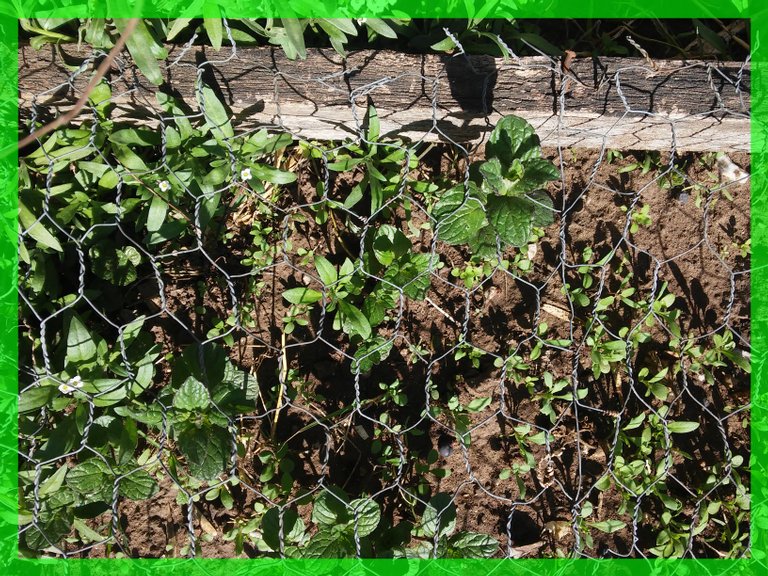
Pruning, with scissors, is a good measure to strengthen the plant. The leaves can be eaten fresh or dried, preserving the scent and flavor very well in both cases.
The root moves, during the winter period of rest, horizontally under the ground. For this reason in spring we can see new plants emerging at some distance from the original plant.

At the beginning it is a good practice to water it with a certain assiduity but without exaggerating.
Then the water requirements are the normal ones for any other plant.
In what period of the year is it better to cultivate it?
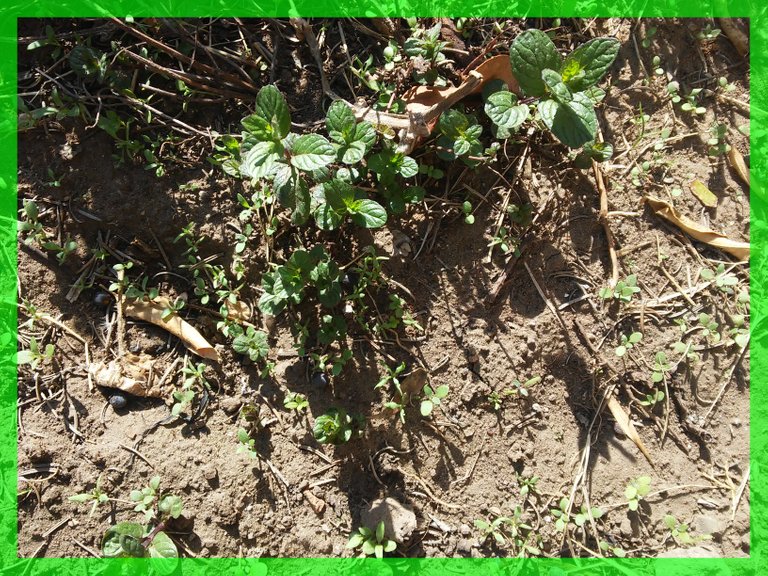
As I said before if we cultivate it indoors it is good to keep it protected during the winter because although the cold does not affect the roots, the leaves wither and dry out with very rigid temperatures.
In this case it is advisable to transplant them in the garden outdoors shortly before spring, when the danger of frost has passed.
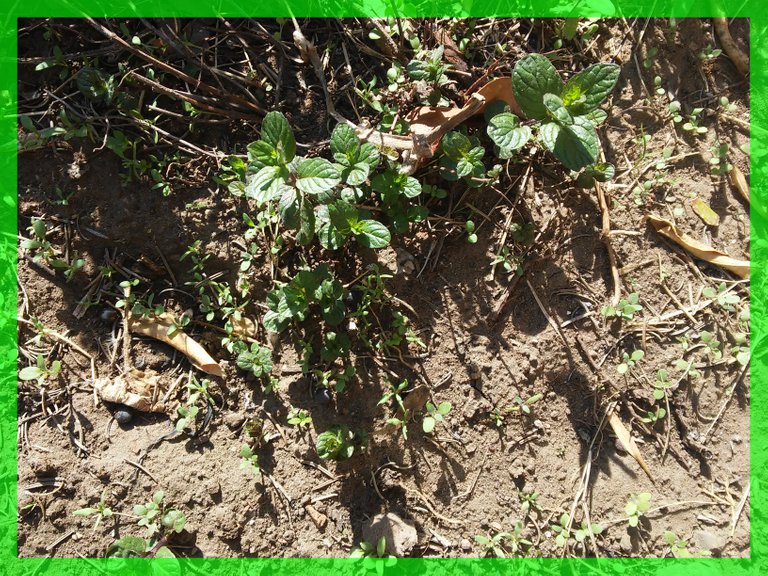
In the photo you can see some of the plants that were born in the middle of the chard seeds and how they have begun to reproduce rapidly.
In this case they are in an environment protected by the fabric that keeps them safe from birds and nocturnal animals, especially cats.
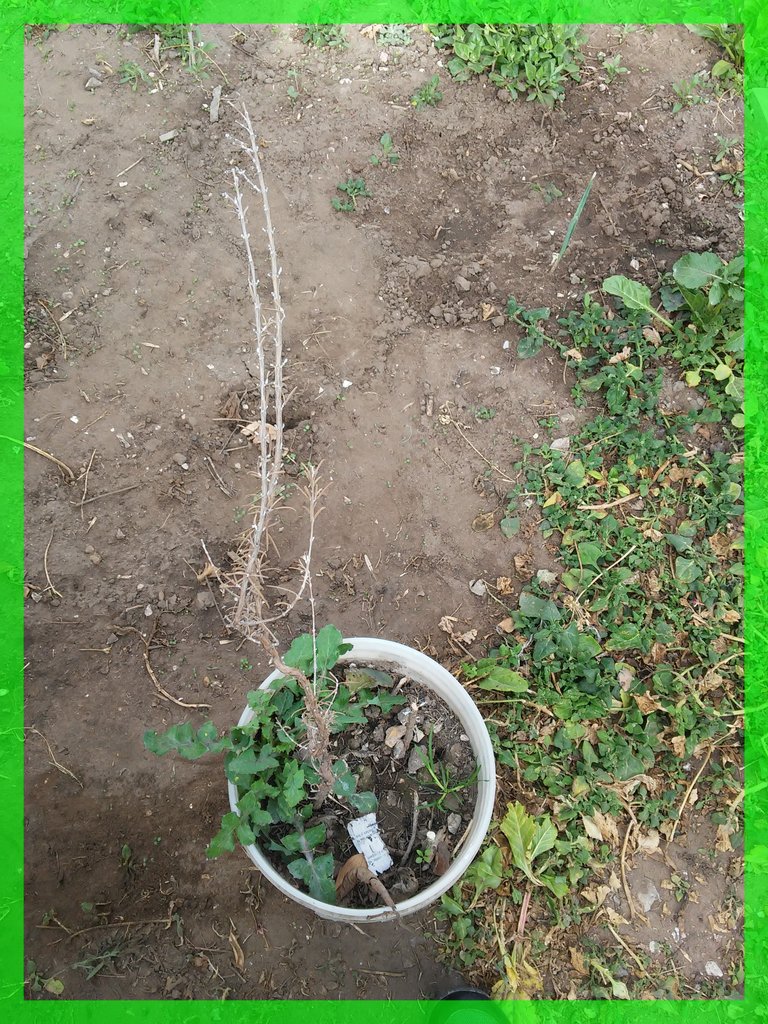
A noble plant for health and with an extensive gastronomic application.
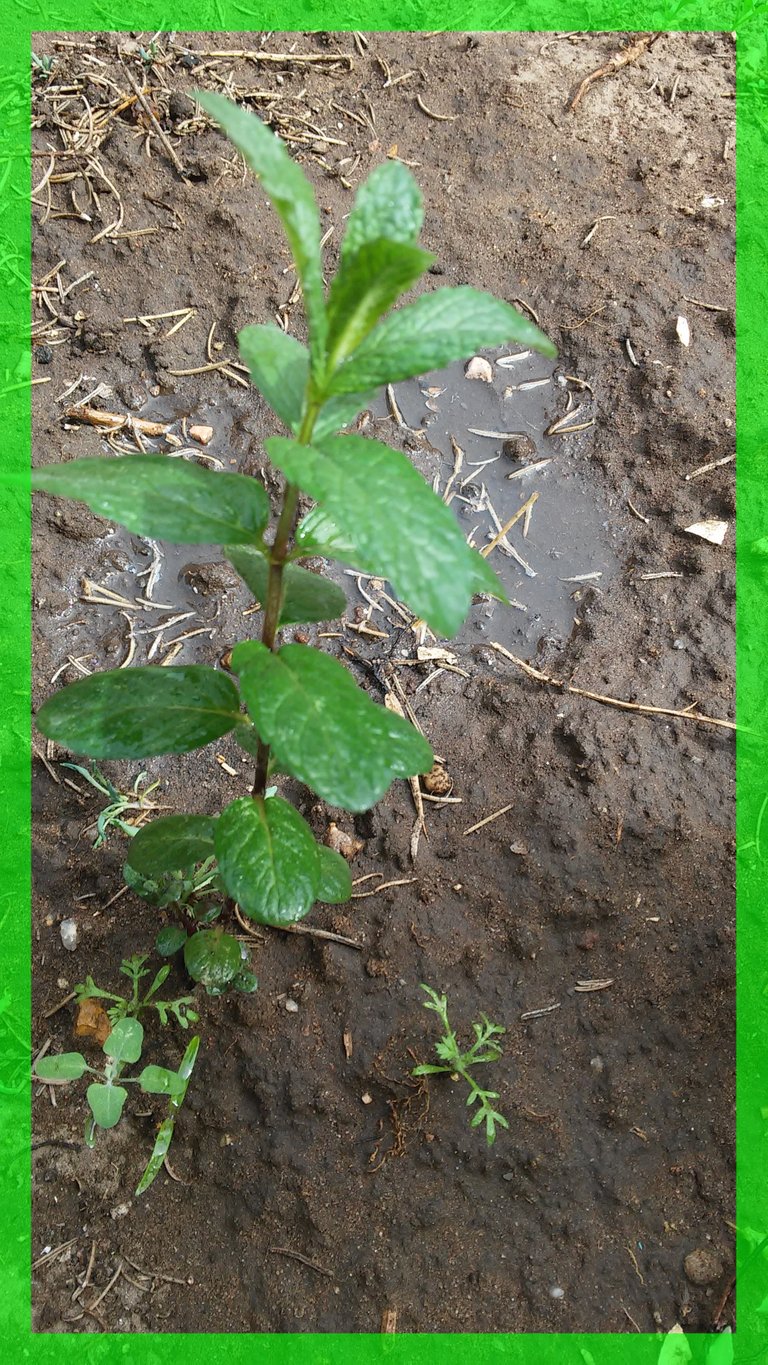
The uses of mint are innumerable. I particularly mix it with yerba mate when I drink mate to soften the flavor of yerba mate, sometimes too acidic.
To drink it as an infusion we can use it fresh or dried (actually it is dried to drink it during the winter). We keep it in a hermetically sealed jar and we have a herbal tea ready for cold winter days.
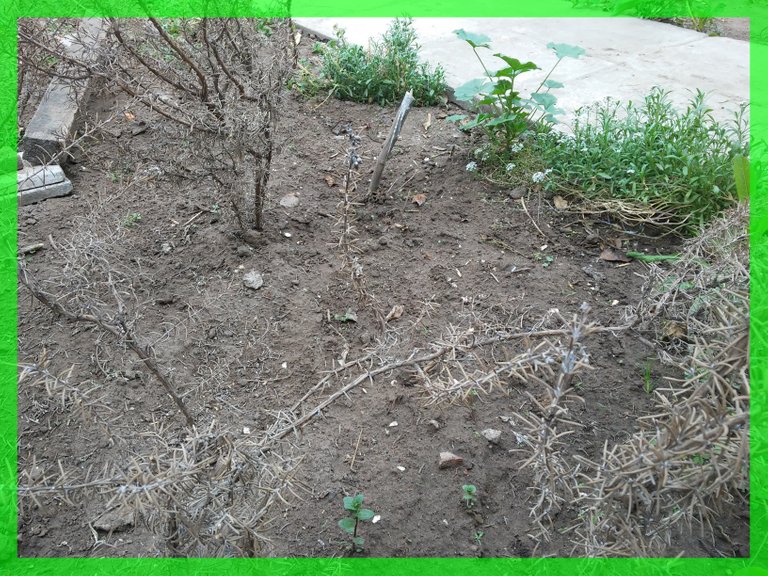
In summer it is very rich, digestive, diuretic and digestive. We can make a herbal tea with mint leaves (the water must be about to boil and not let it boil for several minutes).
Let it cool, if it is very hot you can put it in the refrigerator and drink it cool. I always prefer it bitter.

But there are people who sweeten it with sugar, honey, etc.
I also remember its use as an antiparasitic and to combat headaches. In case of halitosis, mint helps to improve breath.
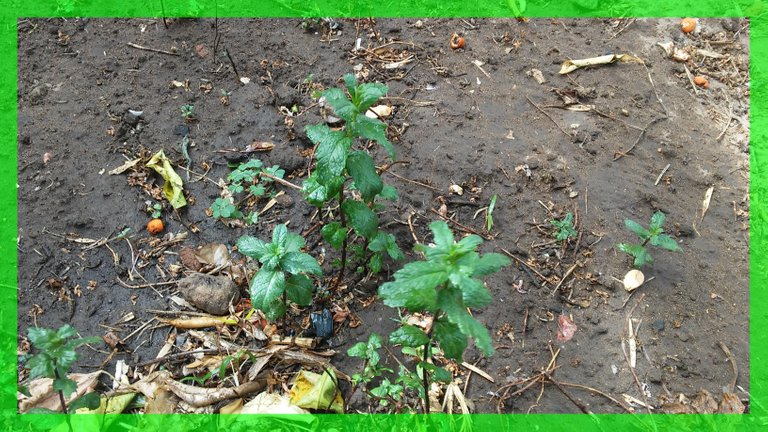
Within the meals its application is very appreciated and numerous. The famous "mint sauce" to season baked or grilled meats is a true classic of incredible delicacy. Especially with lamb meat.
We can also use it for breakfast by mixing it with yogurt or spreadable cheese, adding olive oil and lemon. Or in the manufacture of numerous sweets and pastries.
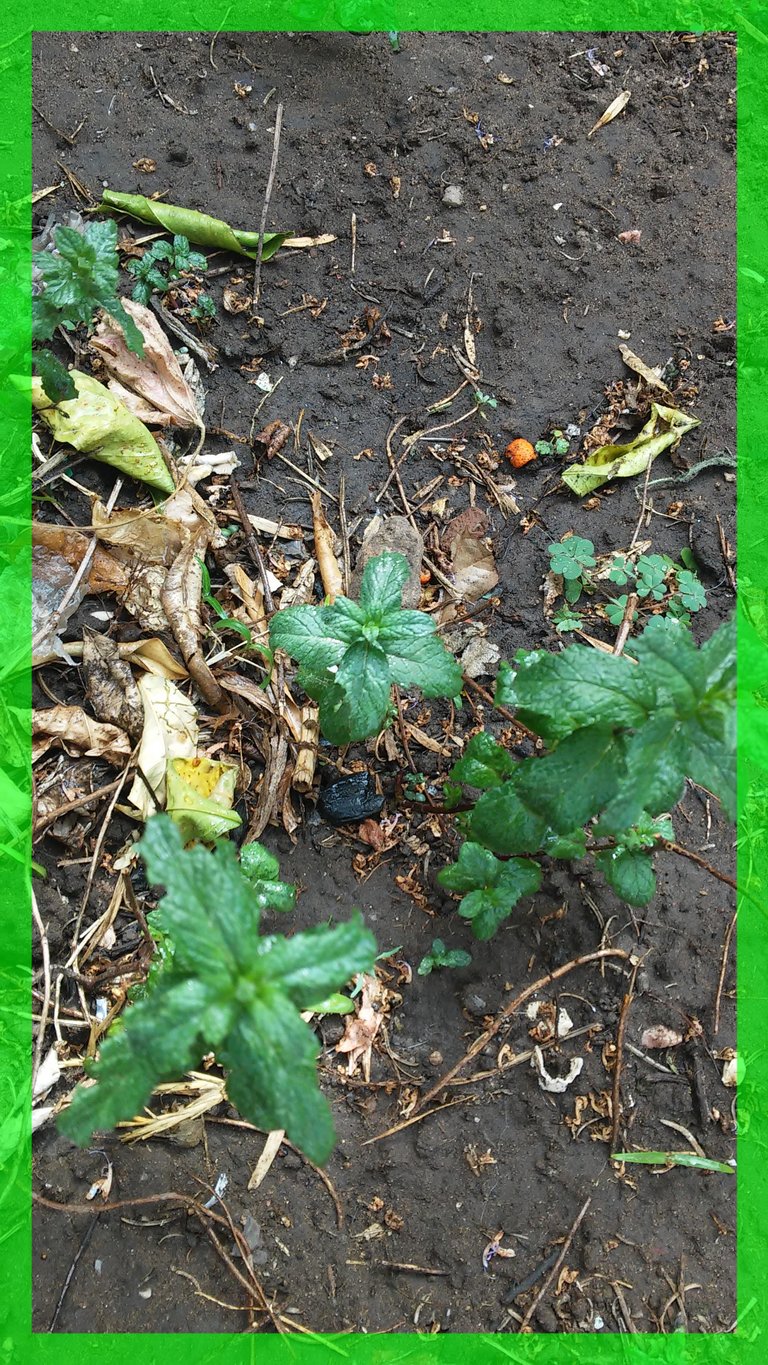
Finally, mint ice cream is one of the most popular in summer due to its freshness.
In some European countries (Italy for example) it is common to drink in summer very cold "lo sciroppo di menta" - mint syrup - a sweet liqueur, without alcohol content, diluted in water, preferably mineral water.

You're really doing a great job and that's the reason every plants in your garden look so healthy. Keep the good work and thanks for sharing this amazing post and have a wonderful day
Thank you for your concepts and compliments. Actually it is one of the passions of my life and now that I have the time available I can do it. Greetings and thanks for commenting @twicejoy
You're welcome
Congratulations @goisal! You have completed the following achievement on the Hive blockchain and have been rewarded with new badge(s):
Your next target is to reach 20 posts.
Your next target is to reach 1250 upvotes.
You can view your badges on your board and compare yourself to others in the Ranking
If you no longer want to receive notifications, reply to this comment with the word
STOPTo support your work, I also upvoted your post!
Check out the last post from @hivebuzz:
Thanks for supporting my content @hivebuzz
Having the knowledge and skills of gardening and growing plants respectively is, to me, one of the greatest and most useful knowledge a person should have (of course, a lot of people today don't, myself included, so I'm always impressed by people who own it).
P.S. The surest way to avoid making a mistake is to always read the rules before posting to any community. Really always. Be careful with tags that don't match your content. And also, engaging with comments under the posts of other contributors will also help you a lot to find the right path for yourself on the blockchain.
Thanks for commenting and for the suggested tips. Cheers @soulsdetour
Mint is definitely an easy one to grow ! It can take over if we're not careful.
LOVED this - I feel the same way!